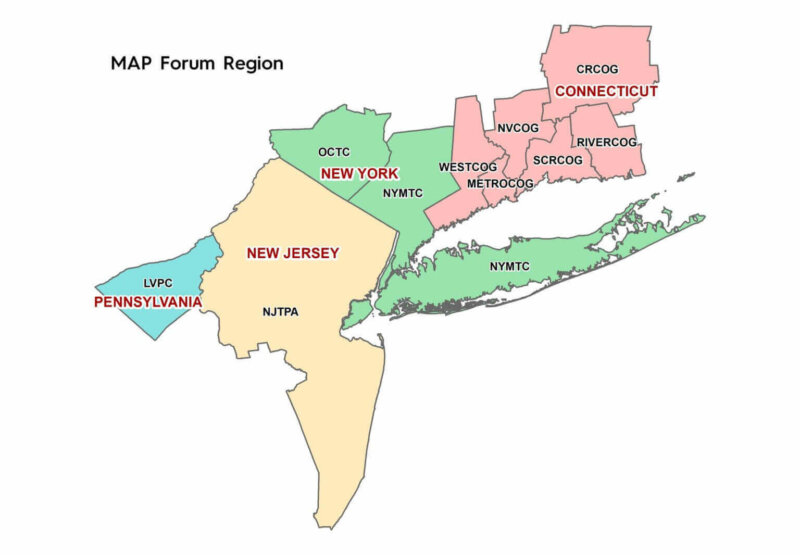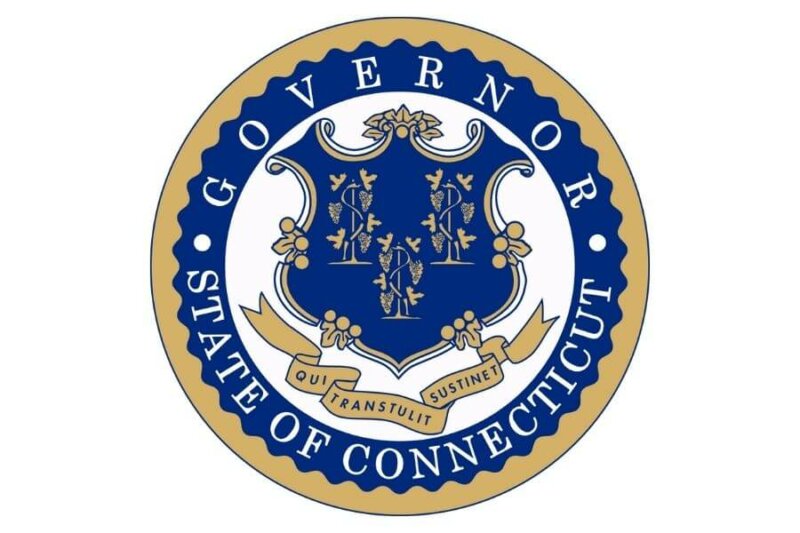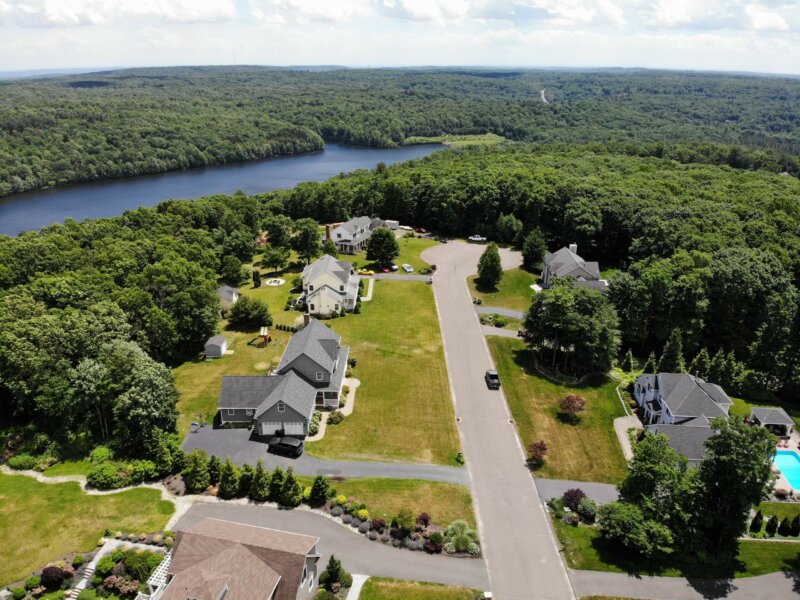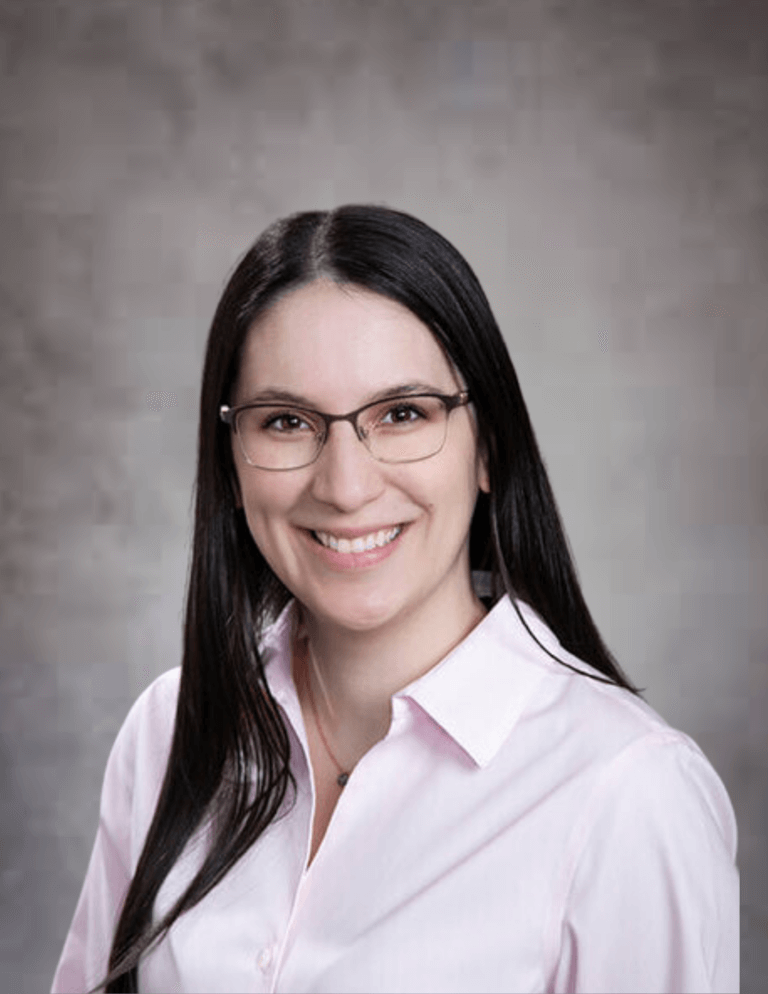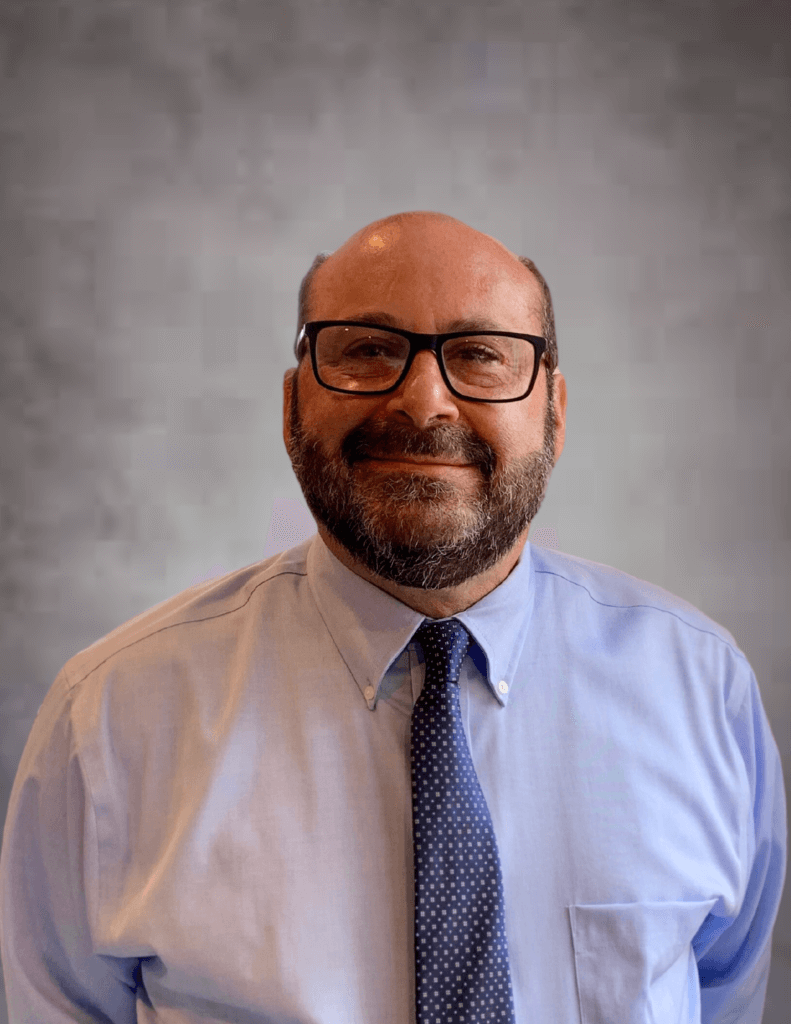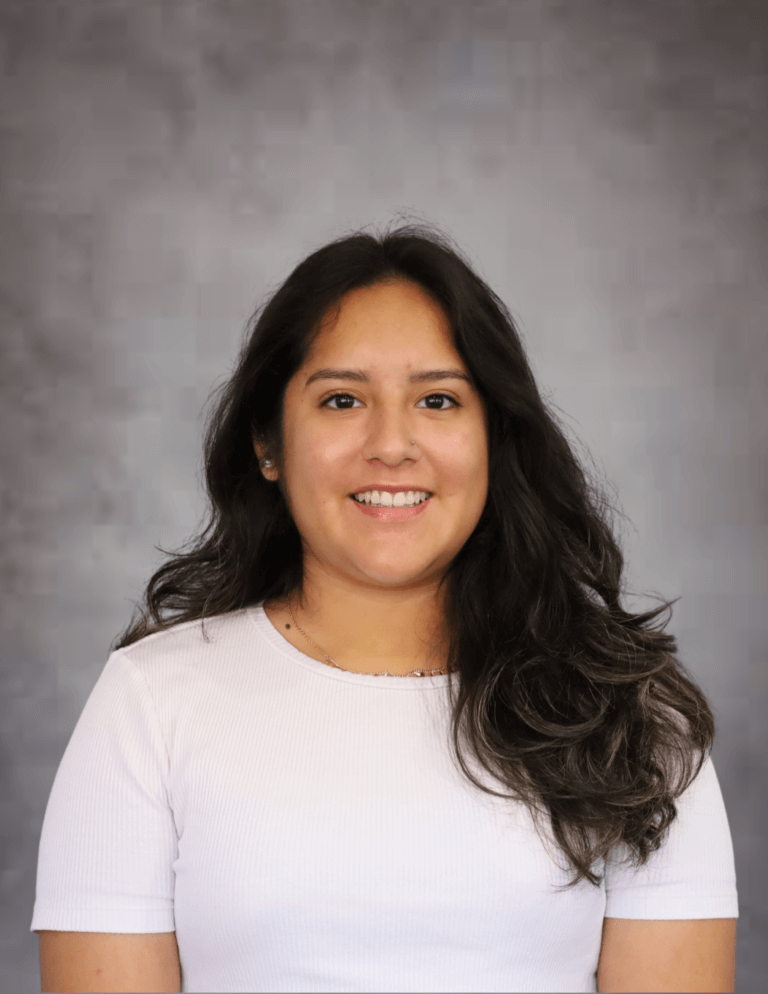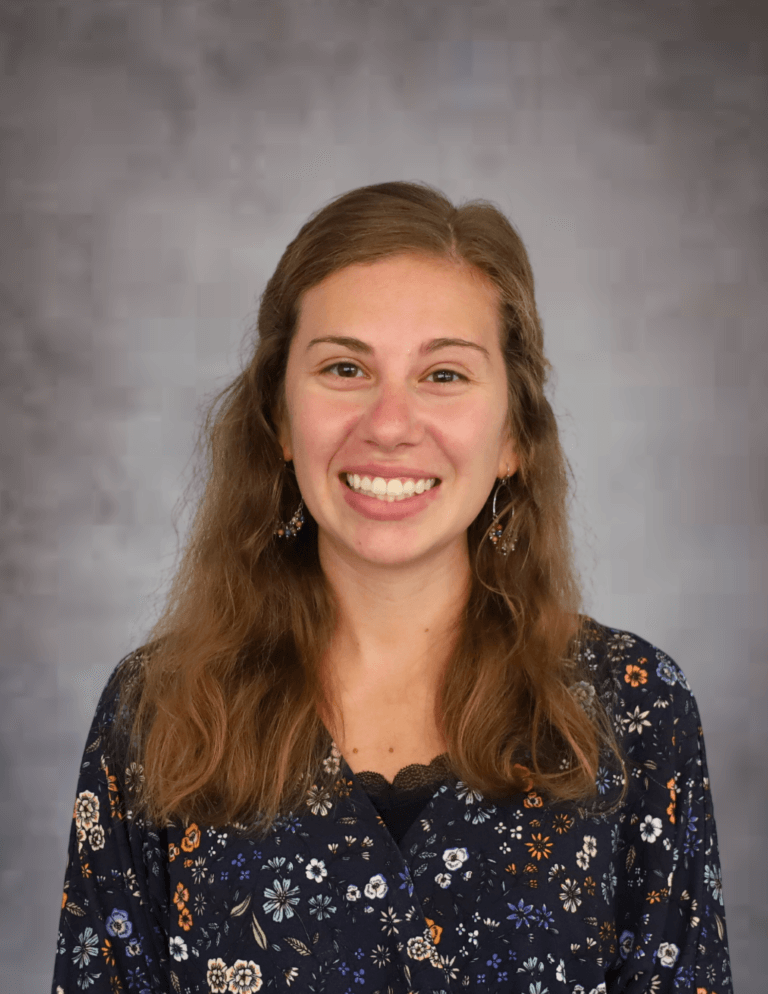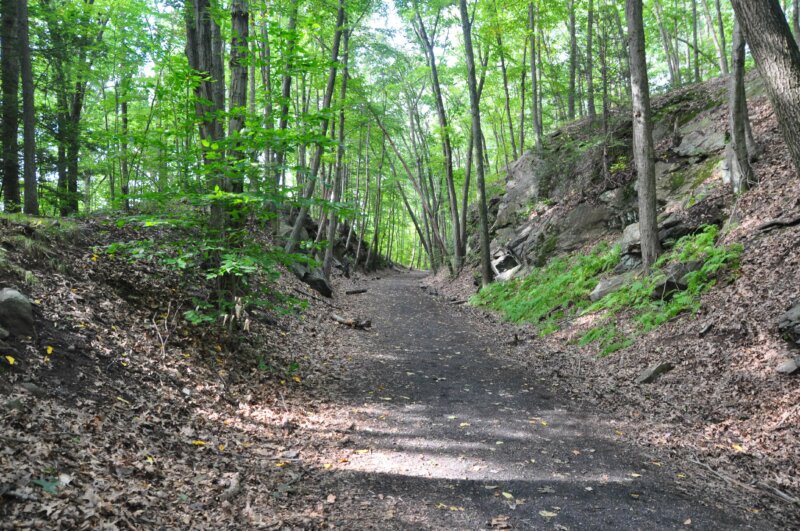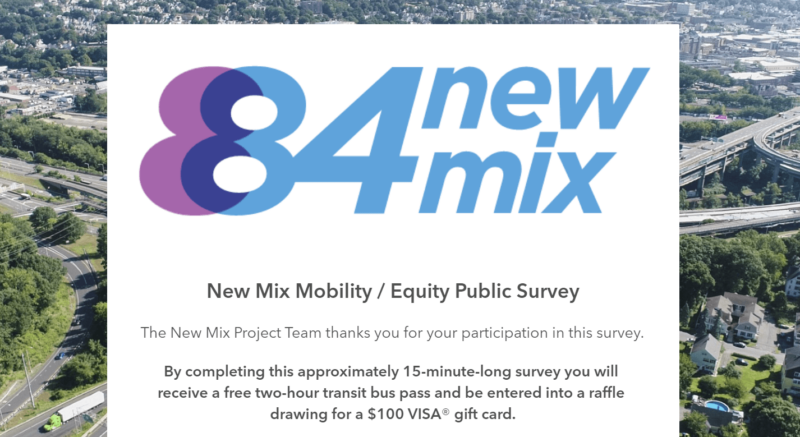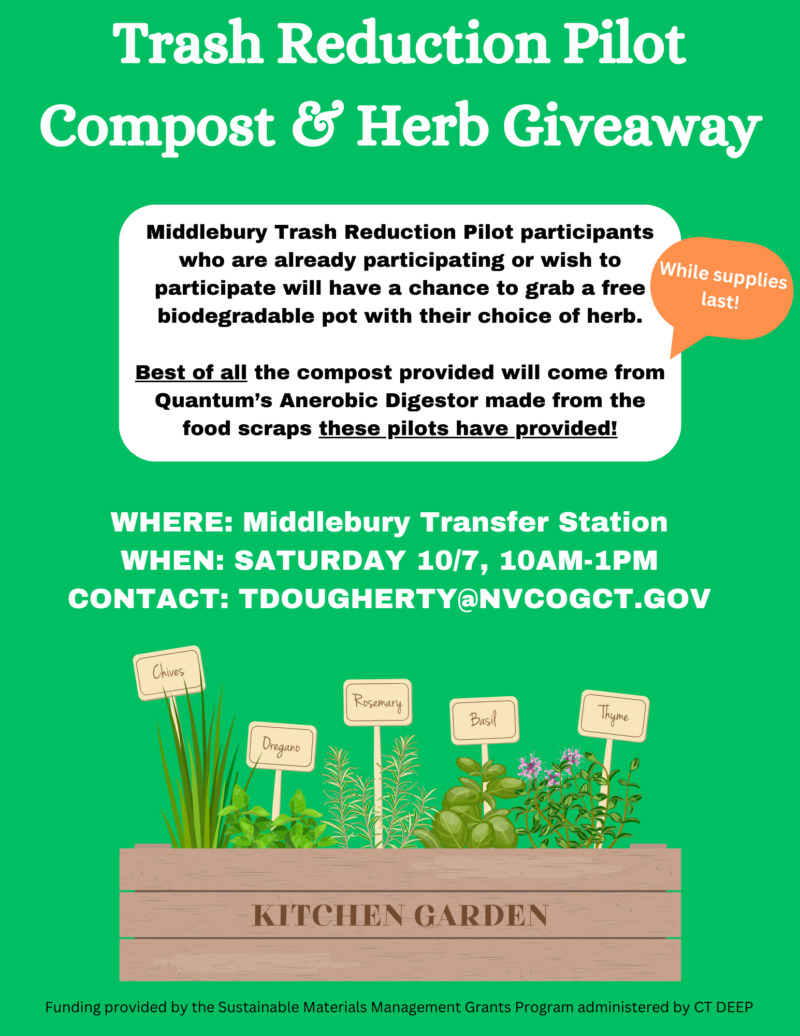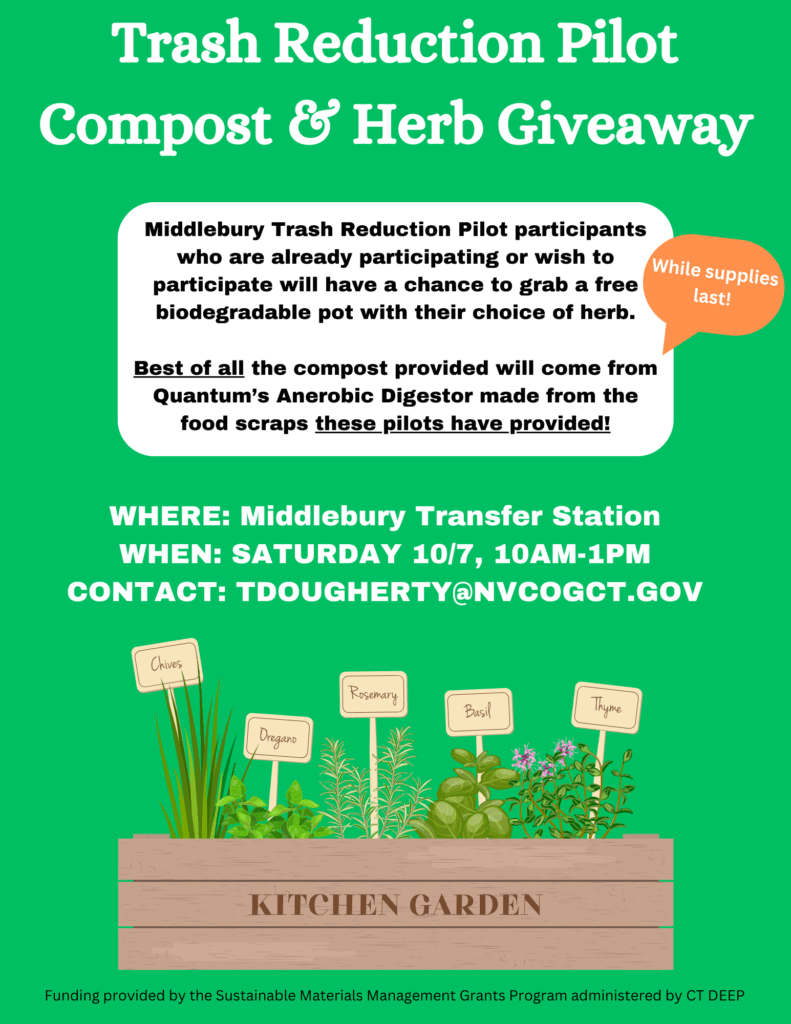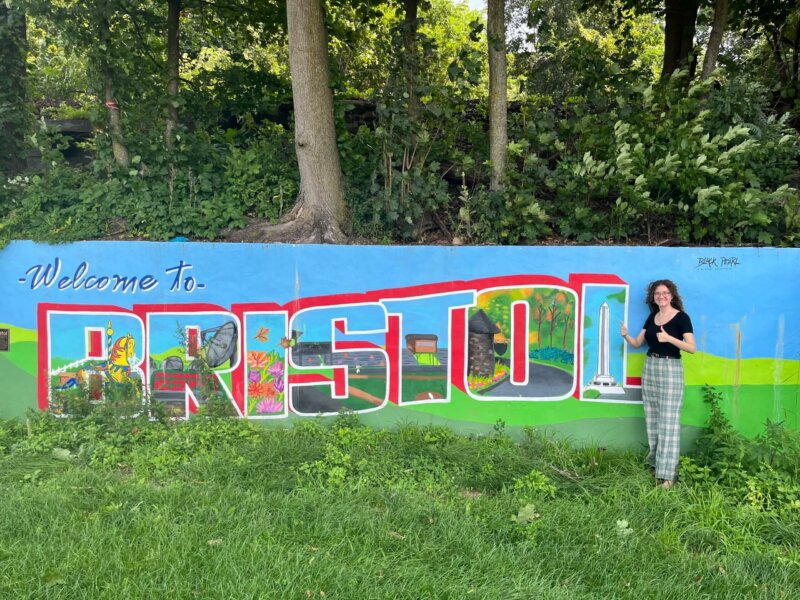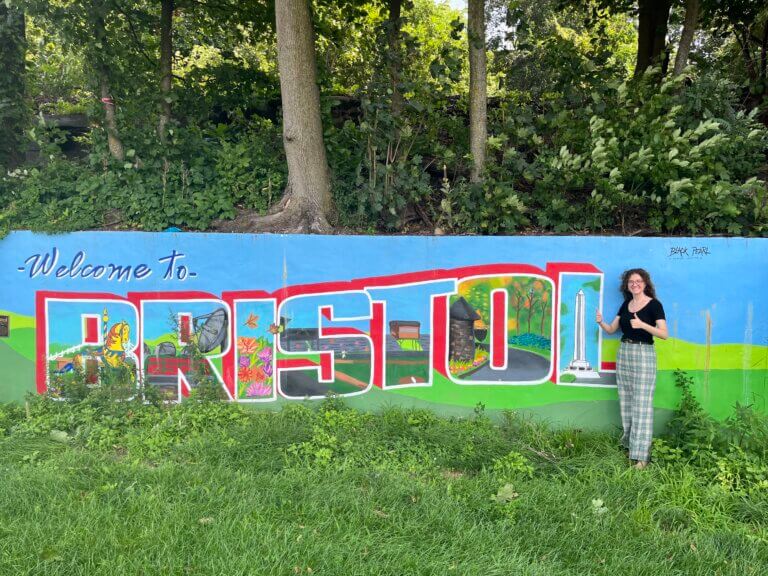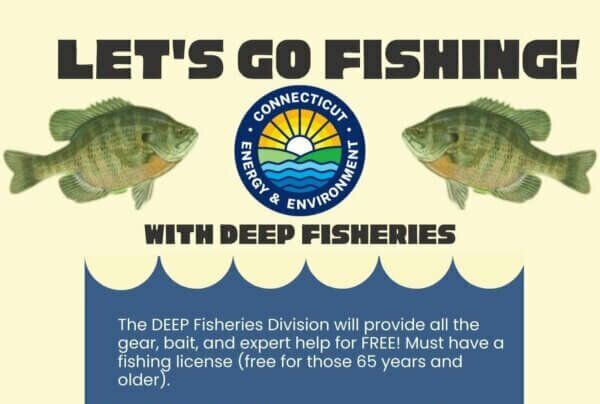08/09/2023
Governor Lamont Announces Purchase of 60 New Rail Cars To Modernize Commuter Rail Lines
(HARTFORD, CT) – Governor Ned Lamont today announced that the Connecticut Department of Transportation (CTDOT) is purchasing 60 new rail cars that will be used on the state’s commuter rail lines as part of its ongoing rail car-renewal program.
CTDOT has entered into a contract with Alstom for the single-level rail coach cars, which are valued at $315 million. Delivery of the first cars is expected in 2026. The cars will be prioritized for use on the Hartford Line, as well as the branches of the New Haven Line.
“Having a modernized transit system with safe, comfortable, and convenient access to work, home, and fun is essential to attracting the kind of businesses and workforce talent we need to grow good-paying jobs and remain economically competitive,” Governor Lamont said. “Connecticut is the home of the busiest rail line in the nation, and the purchase of these new rail cars continues our efforts to deliver better and more reliable service for commuters.”
The agreement calls for the delivery of 60 fully customized, sustainable, next-generation commuter rail cars, providing customers with safe and comfortable service. The rail cars will have a spacious two-by-two seating configuration and easy access for passengers using mobility aids. The new rail cars will enhance the customer experience with convenient overhead luggage racks, foldable workstation tables, and a bicycle storage area.
There will also be a reliable Wi-Fi connection, real-time information displays, and conveniently located power outlets and USB ports. Additionally, customers will enjoy panoramic balcony-style windows, allowing for the flow of natural sunlight through the car’s interior, giving riders great site views.
“The CTDOT Office of Rail is working hard to upgrade the trip for rail customers across Connecticut,” Connecticut Transportation Commissioner Garrett Eucalitto said. “We know they want more comfortable seats, Wi-Fi access, bike storage, and ADA accessibility, and we’re taking action on those needs with steps like this. We’re pleased to partner with Alstom on the order of this next generation of rail cars. This order is part of our ongoing capital program to purchase new rail cars and improve the customer experience.”
“We are proud to be a part of this exciting new chapter for CTDOT and the people of Connecticut,” Michael Keroullé, president of Alstom Americas, said. “We look forward to further building upon our relationship with CTDOT by providing extensive expertise ranging from passenger ergonomics, experience, and comfort to operational considerations and optimized maintenance practices for years to come.”
Each stainless steel 85-foot-long rail car will be designed for continuous operation of up to 24 hours and 1,200 miles daily and will have at least a 40-year design life. The rail car is based on the Adessia rail car produced by Alstom. It will be custom designed to meet Federal Railroad Administration requirements and tailored for CTDOT. The final design will ultimately be a unique rail car specific for Connecticut riders.
The order of 60 new rail cars follows a recent order of six new dual-mode locomotives, as the state’s rail equipment continues to be upgraded. Dual-mode locomotives can be powered through an electric supply or onboard diesel engine, which improves reliability, and the equipment can operate in electric mode, which reduces emissions.
The agreement with Alstom includes future options for additional rail cars for passenger rail service in Connecticut.
For more information on the CTDOT Customer Experience Action Plan, visit transitcx.com.
- Twitter: @GovNedLamont
- Facebook: Office of Governor Ned Lamont

